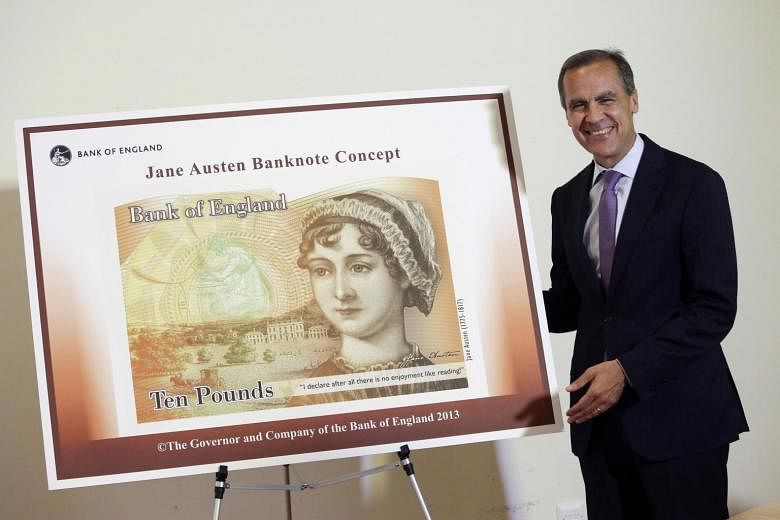It is a fiction that should be universally acknowledged.
The old yarn that British novelist Jane Austen hid her writing, and was reluctant to claim credit for it, is an improbable story based on flimsy evidence.
Interest in Austen is once again waxing, with today marking the 200th anniversary of her death.
The origins of the hiding-her- writing myth are dubious. Still, the tale respawns.
In A Room Of One's Own, British novelist Virginia Woolf muses on whether Pride And Prejudice (1813) would have been a better novel if Austen "had not thought it necessary to hide her manuscript from visitors".
French writer Simone de Beauvoir's The Second Sex mentions Austen as a cultural victim forced to hide herself to write.
Conventional literary history would have it that Austen wrote her novels in the sitting room at Chawton Cottage.
She supposedly concealed her writing from anyone who approached that parlour. Her secrecy was made possible because the door to the room creaked.
But this narrative did not come from her own pen. The tale appears 50 years after her death, in A Memoir Of Jane Austen, the first biography of the writer by her nephew James Edward Austen- Leigh.
He claims she "was careful that her occupation not be suspected by servants or visitors or any persons beyond her own family". He describes "a swing door which creaked when it was opened".
These seem the musings of a man looking back on his childhood and not remembering ever seeing his famous aunt in the act of writing.
Some of Austen-Leigh's information was taken from an account by his sister Caroline. She remembered that her aunt's writing desk "lived in the drawing room" and that letters and novels were written "sitting with the family".
Some other versions add that Austen wrote near a window looking right out onto busy Winchester Road, travelled by mail coaches and carriages. This was the best spot she could find to hide herself in the act of writing?
It could not have been close family she feared would discover her. Many knew she wrote fiction; some helped her try to sell it.
It is implausible that she set out to hide her writing from servants who would have had greater access to her conversations and possessions than visiting family members.
Then there is the creaking door. What possible reason could she have used not to fix it, that would not have raised further suspicion?
Dramatic new flourishes to the story continue to pop up too.
The Telegraph recently referred to Austen "stuffing her scrawled pages into her dress whenever someone entered the room" - a detail straight out of Samuel Richardson's best-selling novel Pamela, Or Virtue Rewarded, published in 1740-1741.
Yes, it is true that Austen published her fiction without putting her name to it. But that was a common practice in her day, for men and women.
There is some evidence to suggest her anonymity was short- lived. Her niece Caroline records that her aunt "had at first published her novels with a great desire of remaining herself unknown", but "it was found impossible to preserve a secret that so many of the family knew".
As a result, "she had given up the attempt - and her name had been made public enough".
Evidence from her own pen points to Austen being a deliberate, careful, proud author who shared her writing with family and friends and recorded their opinions about it.
Nor was she a brave sufferer, with an unsupportive family, whose works were produced under duress.
Let's put the fanciful story of Austen's hidden writing to rest.
NYTIMES
•The writer, a professor of English at Arizona State University, is the author of The Making Of Jane Austen.

